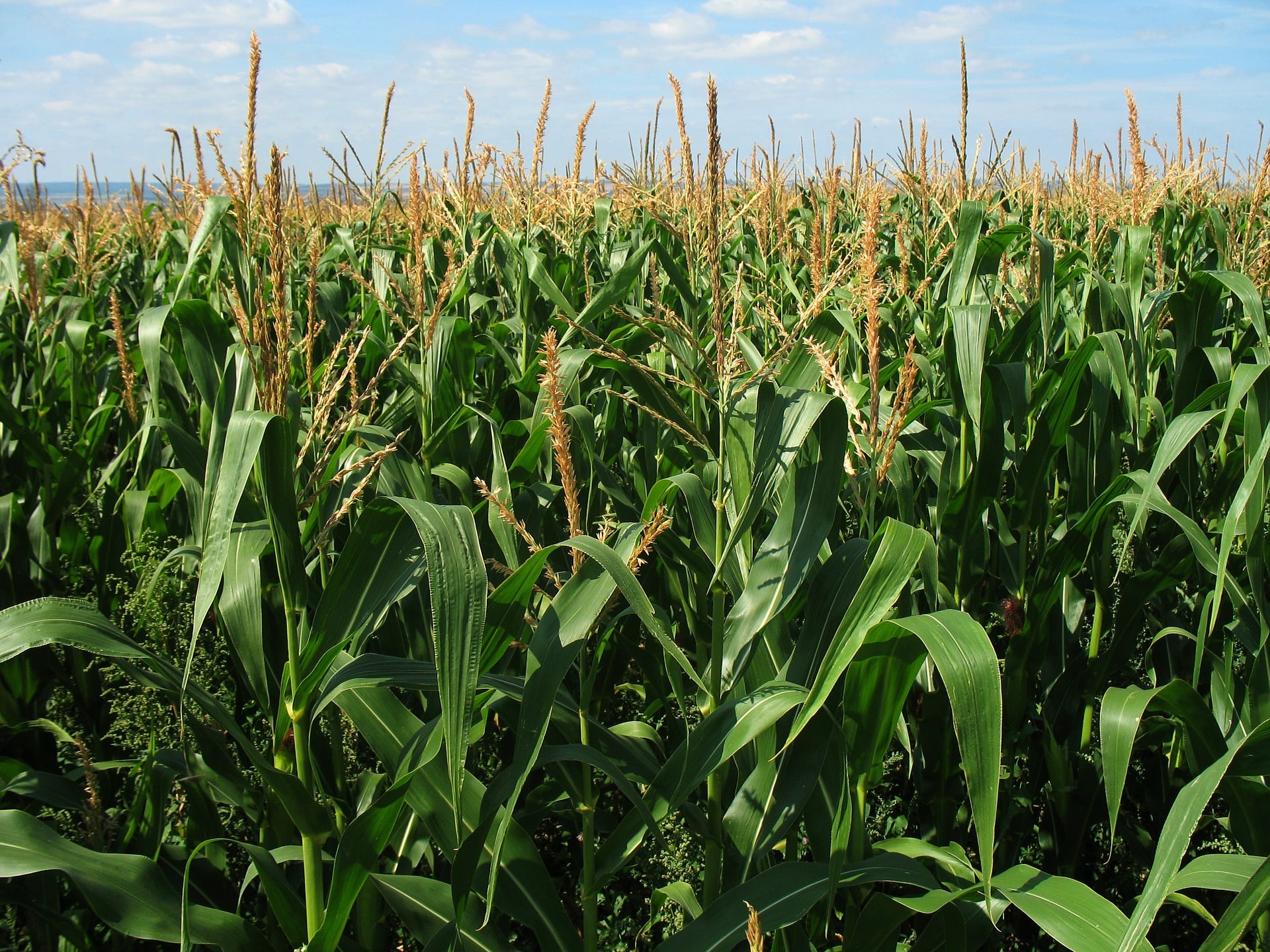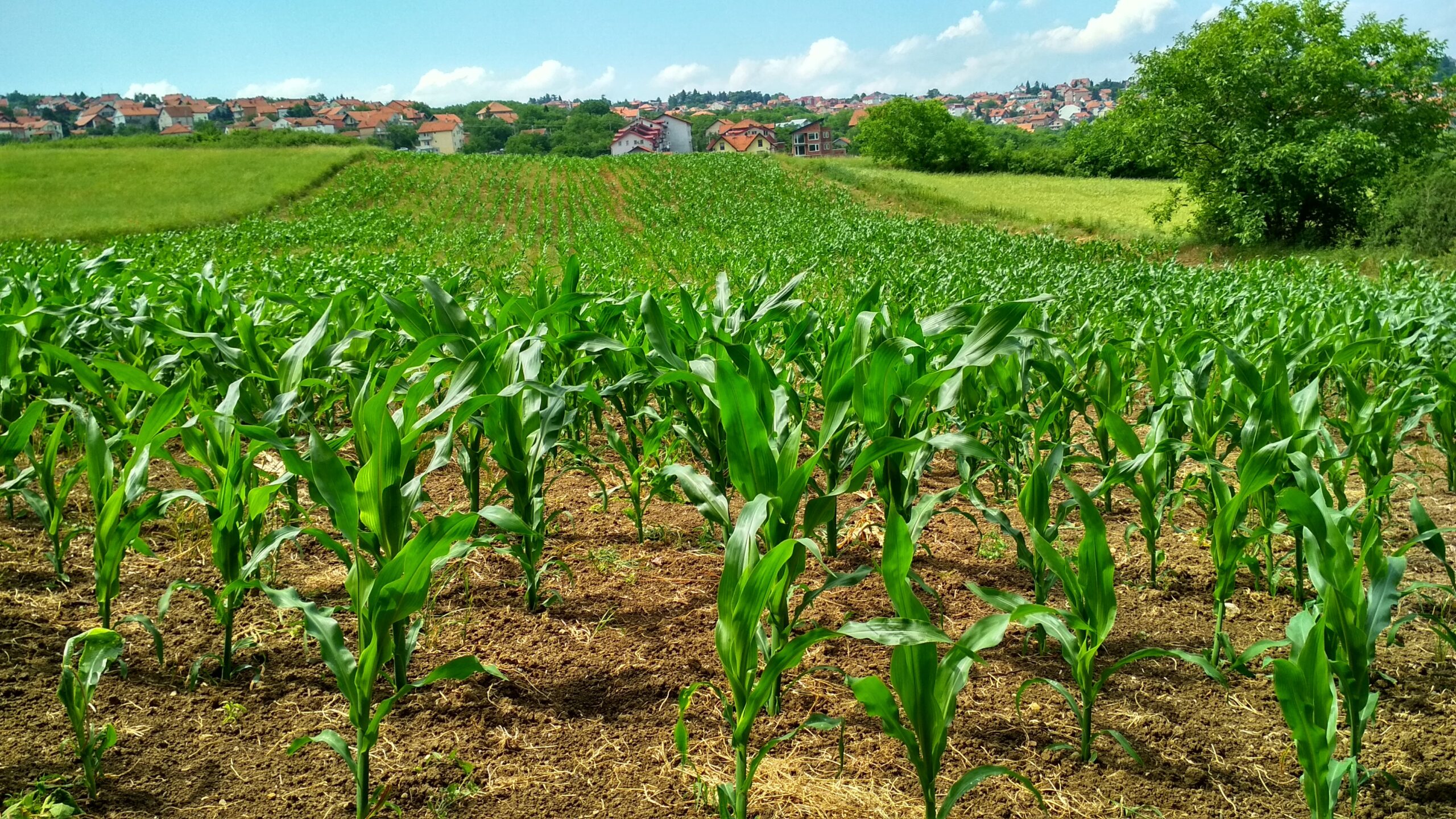The Guide To Enterprise Supply & Value Chain Sustainability
Achieving Unified Sustainable Goals in the
Age of Carbon Neutrality
Today, businesses are not only looking to make a profit but do so sustainably. They do so by measuring, tracking and reducing the carbon footprint of their products and services. Organizations are focused on doing their part to reduce the impact of society on climate health and create positive change. This starts by taking stock of their own carbon emission activities – both the activities they directly influence and the activities they indirectly touch.
There are three groups of greenhouse gas emissions sources, usually categorized as Scope 1, 2 and 3 emissions. These are emissions:
Understanding how agriculture fits into enterprise sustainability goals – whether it is part of the supply chain or value shed – provides another opportunity to make a difference. Building regenerative agriculture into the foundation of enterprise sustainability is one critical component for meeting and exceeding carbon, climate and regeneration goals. Regenerative farming practices are proven to draw down and sequester atmospheric CO2 and CO2 equivalents as well as decrease greenhouse gas emissions. In addition to these climate benefits, regenerative and sustainable agriculture is proven to create healthier soils, more abundant and nutritious crops and, ultimately, healthier humans. Regenerative agriculture builds resilience of the land and provides environmentally-friendly products and services that help combat climate change.
In this CIBO Guide To Supply Chain Sustainability, we will explore the fundamental components and challenges that impact supply and value shed sustainability initiatives. The final section is dedicated to how CIBO Enterprise is being used by enterprises large and small to help power their insetting and sustainability goals.
By understanding the combination of elements and opportunities, organizations can easily identify areas of success and bring into focus the sustainability goals that require action.
With a strong supply chain sustainability program in place, your organization will be ready to unlock the true power of regenerative agriculture.

Many enterprises have agriculture somewhere in their supply chain. From food companies that make and package human food, to animal feed companies to industrial products and textiles, agriculture is present, usually at the start of the supply chain. Today, sustainability and regeneration are more important than ever. Today’s modern enterprises are increasingly diverse, distributed and complex environments. They rely on a mix of suppliers and growers to meet their product needs.
Financial costs from supply chains due to climate crisis, deforestation, water scarcity and poor water quality could all be placed onto or absorbed by businesses who fail to disclose environmental data or fail to build sustainability into their supply chain. According to a report from CDP, Transparency to Transformation: A Chain Reaction, businesses could face up to $120 billion in additional costs across their supply chains from the impacts of climate and environmental breakdown in the next five years.
Boardroom commitments to climate solutions and carbon neutrality goals have to be activated. When regenerative agriculture is part of the solution, those boardroom commitments come to life at the farm gate. In order to realize these commitments, businesses face the 3-fold challenge:
Each of these sustainability challenges arise in addition to the day-to-day management of farming operations. Sustainable farming, regenerative agriculture and ag-based climate solutions require accurate, real-time, awareness of current conditions and predicted outcomes in order to work. Understanding the potential impacts of local weather, regional climate impact and historical practices on crop yield, soil health, and land valuation are imperative. While seasonal yield is foremost in the mind of farmer and agri-businesses, sustainable practices are also increasingly vying for attention and integration into the business of farming. Consequently, sustainable and regenerative farming programs must keep yields firmly in the forefront of their mind in order to gain traction with growers. Of course, standardized, consistent monitoring across the counties, states and regions is vital for any solution to scale.
Agricultural supply chains and value sheds are highly decentralized and independent; just like farmers. A solution to enterprise supply-chain sustainability requires visibility to all crop land, accurate and reliable quantification of CO2e sequestration and GHG footprints and emissions reduction, as well as verification at scale of the practices which lead to supply chain decarbonization.
Each of these three challenges and their solutions are addressed in detail in the following sections.
There are many practices that are often grouped together under the label of regenerative agriculture. One study of over 200 scholarly articles found that there are five main principles that were agreed upon the most: improving soil health, increasing biodiversity, aiding in carbon sequestration, incorporating humane treatment of livestock and farmworkers and improving the overall larger ecosystem as a whole. The most common practices include:

A carbon protocol is an annually updated document that reflects developments in climate science, international policy, standards and business practice. It is an open source standard and guide developed for business by business that draws together leading independent standards for greenhouse gas accounting into a practical guide to carbon neutrality.
A Carbon Standard lays out the rules and requirements which all projects must follow in order to be certified. These are rigorous assessment processes which certify carbon emission reductions are eligible to be issued as representing one metric tonne of greenhouse gas emissions being reduced or removed from the atmosphere.
Carbon registries track carbon offset projects and issue carbon credits for each unit of emission reduction or removal that is verified and certified. Registries are vital in creating a credible, offset commodity. Registries record the ownership of credits.
An effective technology enables rapid connections between enterprise incentives and interested and qualified growers. Furthermore, such a technology should not be tied to just one kind of regeneration or carbon farming program, but rather provide navigation assistance to growers to see all of the incentive programs for which they may qualify.
One program might be a 3rd party verified carbon credit program selling high-value carbon offsets the come from verified carbon farming practices. Another program might be a voluntary regenerative farming credit program where growers who implement regenerative practices but don’t necessarily qualify for 3rd party verification can sell their practice credits to individuals and corporations who are interested in incentivizing that kind of farming. Another program might be an incentive program just for the supply chain of one company who want so pay-for-practice and ensure that grains they buy from their grower supply chain are conforming with their company’s stated sustainability and regeneration goals. Another program might be a governmental program for farmers in a particular region, or a cover crop seed company offering discounts or other incentives to use their cover crops. The different kinds of programs are endless and growers should have the ability to stack incentives while doing good for the soil and climate.

Regenerative agriculture is essential for today’s increasingly diverse sustainability commitment. CIBO enables enterprises to seamlessly build, manage, monitor and verify regenerative agriculture and incentive programs into their supply chains.
The key three components of CIBO are the ability to monitor, verify and incentivize grower networks within organizations. These elements work together to help enterprises and their leaders deliver superior service quality and availability, collaborate and innovate better, and keep their technology aligned to the sustainable business outcomes they want most.
CIBO Enterprise is the first technology platform built to power regeneration, carbon, and incentive programs across grower networks. It is the enterprise solution that’s built on scaled platform technology that is designed to meet each of the challenges outlined above and accelerate enterprise sustainability, carbon, and climate goals.
CIBO Enterprise enables companies such as ag inputs, CPGs, Alt-Protein, commodities, and grower cooperatives to help their grower-partners monetize regenerative practices through carbon markets and incentives programs. The product quantifies the carbon footprint of a portfolio of land under various management practices and verifies management practices across the entire portfolio with cutting edge, AI-driven computer vision. In addition to carbon credits and offsets, incentive programs supported by CIBO Enterprise include insetting, direct payments for practices, product discounts and premium pricing for regenerative-verified crops.
Assemble and integrate your collections of fields, and manage them based on your own business needs. Oversee a portfolio of assets and build dashboards and alerts to stay connected to your land-based business.
Strengthen relationships and support your organization’s farmer partners. Farmers can evaluate their own land or use it as a primary tool to prospect and expand their operations. Farmers can simulate the impact of sustainable practices and be rewarded for their verified activities.
CIBO helps organizations transform the monitoring and quantification of the environmental impact of their agriculture network. The platform allows enterprises to monitor and quantify the environmental impact of your agriculture network. Organizations can build incentives for growers in their network to use sustainable farming methods, like no-till or cover crops, to capture and keep carbon in their fields, preventing it from joining existing greenhouse gasses. Farmers who want to use regenerative practices get a financial incentive to do the right thing, and you get the peace of mind of knowing the impact of your supply chain has been reduced.
Key features include:
With CIBO Enterprise, organizations can now verify regenerative and sustainability practices as they happen across their portfolio.The CIBO platform applies proprietary data science algorithms and AI modeling to remotely sensed data, and is backed by some of the best minds in the agricultural industry. Verification of past and current farming practices happens at scale using computer vision and remote sensing. For the first time, organizations can track and act with complete insight on the value, productivity, stability and carbon footprint of their entire portfolio.
Key features include:
Connect with deep insights about land and agricultural operations anywhere in the U.S. with CIBO Enterprise. With a patented combination of big data, computer vision, and science-based modeling, CIBO provides insights to all farmland in the US, delivered in an easy to understand, visual user experience.
Key features include:
